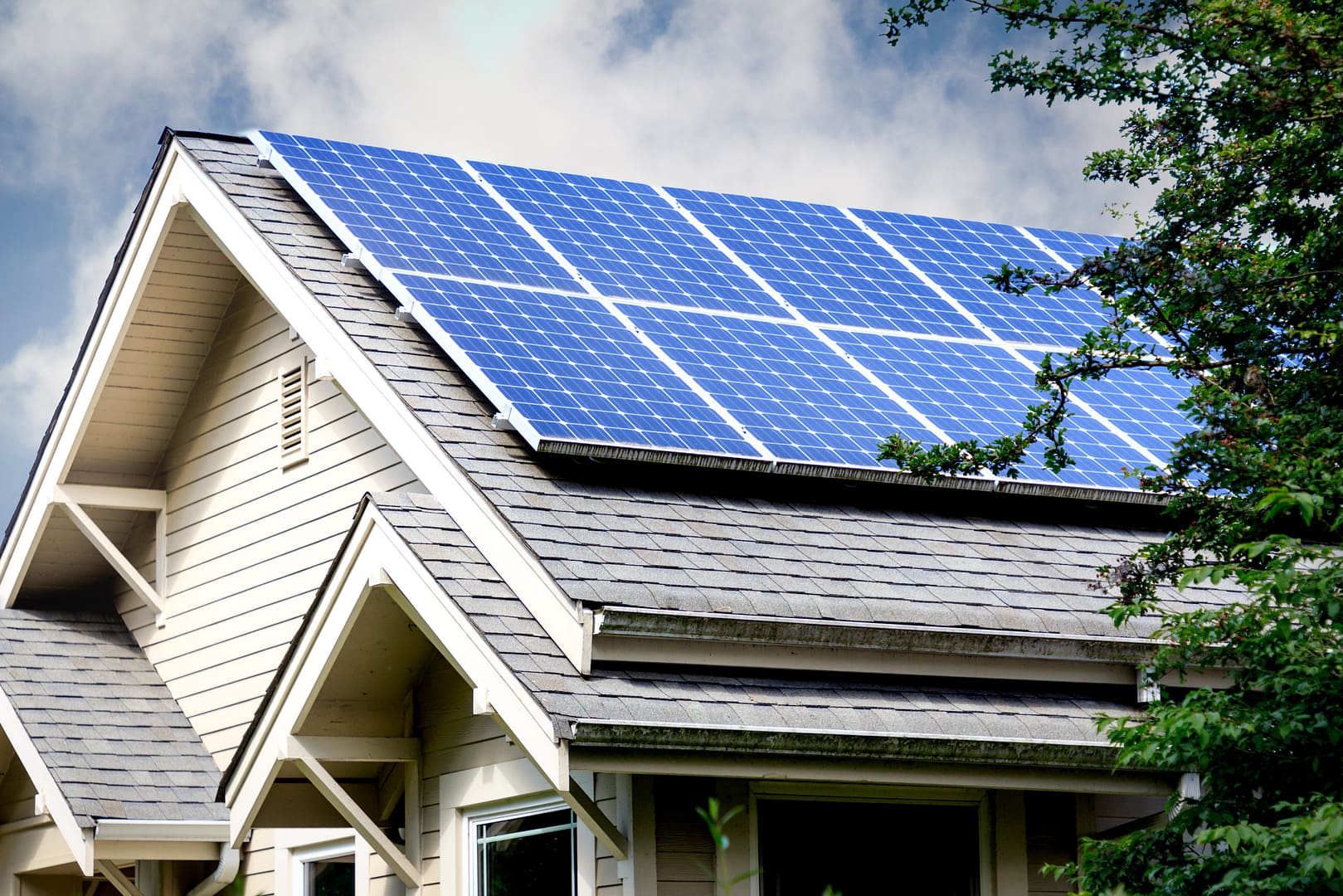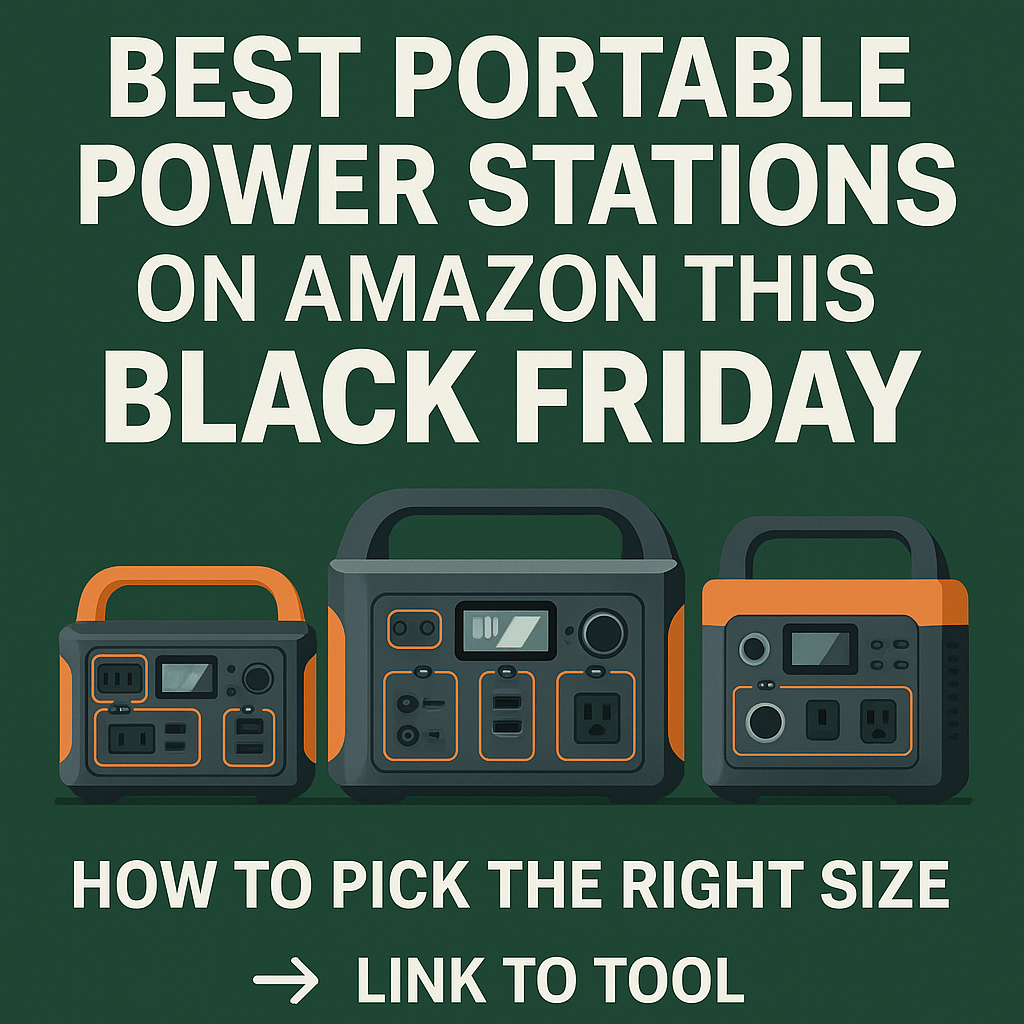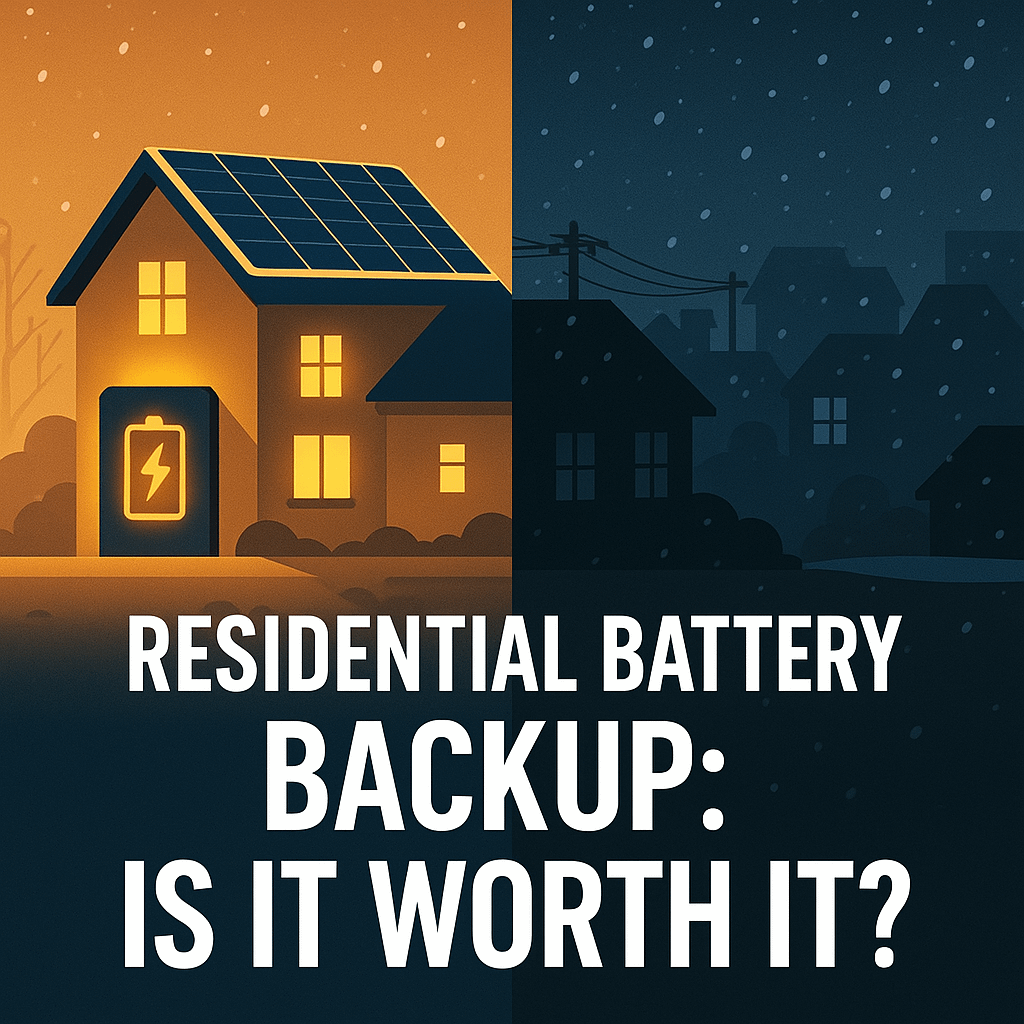So how many solar panels do I need anyway? Thank you for visiting Evergreen Off-Grid! Are you thinking of adding solar panels to your roof, but don’t know how many you’ll need? Maybe you got a quote from an installer and you aren’t sure if they’re trying to sell you more than you need (trust me, that’s a thing). In either case you’re in the right place.
In this article we’re focused on determining how many solar panels you need if you have a grid connected system. Being grid connected, or grid-tied, is an important distinction because access to an alternate power source with all the power you can ever use makes designing your system more flexible. Unless the power grid goes down … more on that later.
If you want to learn how many panels you need for an off-grid system (not grid-tied), we have you covered here.
This issue is part of a series of articles meant to help you learn solar basics. For a solar PV system overview check out our article, Learn Solar: From Sunlight to Lightbulb.
The obvious question when a person decides to go solar is… how much solar power do I need? You want to know how to calculate how many solar panels to buy. So, let’s begin answering your solar photovoltaic (PV) array sizing questions so you can be empowered in your solar search.
Defining your Parameters
Asking how many solar panels you need is a lot like asking how much gas you need. Well… how far are you going? What kind of vehicle do you drive? How much big is your tank and how much gas can you afford? It’s an important question, but we need to define some parameters before we can answer.
Are you powering a home or a homestead? Maybe you need to power a critical device like a vaccine refrigerator or CPAP machine? We can size a PV system to power anything we want. But, when you’re grid-tied, your limiting consideration will probably be cost. How much have you budgeted for this project?
Before we dig into your specific situation, let’s cover some basics that are critical for this discussion. For a more comprehensive electrical review, check out, Say Watt?! Solar Jargon Cheat Sheet.
General Information
Power (W) and Energy (kWh) Basics
We won’t get into a physics lesson today, but if you’d like some study material click here. Let’s start off defining some terms so we don’t get lost. Solar panels and arrays of solar panels are typically described in terms of their power output in watts (W) or kilowatts (kW). But your total energy consumption will be measured in kilowatt-hours (kWh).
A Watt is a small unit of power, which might be enough to power your alarm clock. A kW is a thousand Watts. You can power a thousand alarm clocks. Or, if you aren’t that worried about being late you can power a coffee maker. Or, a kW will cover the average power consumption of a satellite dish, television and a refrigerator/freezer combo.
It’s important to understand that a watt is an instantaneous measurement. Watts are the power consumed (or generated) at a given moment in time. Energy on the other hand, is the power consumed (or generated…you get the point) over a given period of time and is typically measured in kWh.
The most common and useful analogy here is speed and distance. An object travelling 10 miles an hour will cover a distance of 10 miles in one hour. Similarly, a device consuming 10 Watts of power for an hour will consume 10 watt-hours of energy.
Understanding this relationship between kW and kWh is critical.
Solar PV Panel Rating
If you shop around for solar panels you will find them rated in watts. They range in size from very small, like the solar panels on your calculator, to very large panels about the height of a human and 3 feet wide. From a few watts to 400, 500 or more watts. These larger panels are typical for a residential solar install.
So, what does this mean? A 400W panel isn’t consistently humming along producing 400W. Rather, the rating is the highest power measured under Standard Test Conditions (STC). These conditions are usually listed on solar panel specification sheets as:
STC (Standard Test Condition): Irradiance 1000 W/m², Module Temperature 25 °C (77 °F), AM 1.5
(Conveniently, these are also the conditions we consider Peak Sun Hours which can be used to determine our panel’s projected output)
Panels are listed this way so we’re comparing apples to apples. If we were to measure the same solar panel on a cloudy December day in Seattle, Washington we’d certainly get a different maximum power output than if we test the same panel in June in San Diego, California. Testing panels under the same specific laboratory conditions ensures our measurement is meaningful and consistent.
How does a Panel’s Rated Power Translate to Production?
Remember, the rated power is the maximum power your panel will produce under ideal laboratory conditions. Depending on where you live, your panels will not generate rated power in the real world very often. The actual power produced will depend on: the solar irradiance where you live, the angle of the face of your panels with respect to the sun, any shade conditions, temperature and other factors as well.
There is a science to determining how much panels will output in a given location over a period of time, but we obviously can’t predict every moment to moment condition. If you want power in all outlier conditions it will cost you.
We can pay extra and oversize our system to ensure maximum and complete coverage. Or, a more economical choice is to cover most circumstances and accept a period of underproduction. Being grid-tied, this just means you consume more energy from the grid than you produce. If your utility participates in net metering you can think of the grid as your infinite battery bank. Save excess power and withdraw it when you need it.
How Many Solar Panels Can Fit on my Roof?
This may or may not be an important consideration depending on how much southern real estate you have available on your roof (assuming you live in the Northern hemisphere). If you want to power your entire home, and you consume power at a similar clip as the average American household it will take approximately 15-30 solar panels. With average solar panels being a little bigger than 3 ft by 5 ft, you can probably get that done with under 500 square feet of roof space. Less efficient panels will cover more space and require more modules, but will also cost you less money.
The geometry of your roof may also complicate things. A flat, south-facing roof (again, if you are in the northern hemisphere) is ideal. If you have a labyrinth of ridges lining your roof then finding a proper layout will be more complicated. If your roof is not suitable due to size, geometry or any other reason you can install your solar array on the ground.
Ground Mounted Solar Array Considerations
When you ground mount your array you lose some of the benefits of roof mounting your panels. While a roof provides a ready-made structure, a ground mounted solar array will need structural support provided. This can involve lots of concrete and heavy machinery.
Once on the ground your array also becomes more easily accessible and thus, less secure. To prevent theft and vandalism you can build a perimeter wall, which will obviously come at additional cost and real estate.
It’s not all bad, though. With those disadvantages come some additional freedom you aren’t afforded with a roof. For starters, you can locate your array wherever you want on your property. You can’t relocate your roof unless you want to move your house along with it. If a tree casts a huge shadow on your roof your options are limited. So, this freedom can be a major benefit. Also, with ground mounted solar you have complete freedom of direction, so you can easily optimize the angle of the array with respect to the sun.
Finally, while easy ground level access to your array may complicate security, it will make the system much more accessible for cleaning or any required maintenance.
Spec’ing out Your Grid-Tied PV Solar System
When you size your grid-tied solar system you don’t need to be spot on. It’s great to try to generate all of your energy using PV, but if you fall short you will still have heat and the lights will still come on. Your major constraints for on grid systems will be cost and available space for your panels.
I Want to Power my Entire Home, How Many Watts do I Need?
Let’s slow down a bit here.. It’s a good idea to understand what size system you need and we’ll get in to that below. But under most circumstances it’s not important for you to be accurate to a gnat’s behind when sizing on-grid systems.
If you are going to build a solar PV system for powering a typical American, energy hungry home, you should be talking to a professional installer. Electrical installations of this scope and size are not recommended for an inexperienced DIYer.
Most solar installers will provide you with a quote that includes a detailed annual generation estimate. They will come to your home, measure the pitch and direction of your roof, analyze tree coverage and generate an impressively detailed academic report. In some cases, the estimate is guaranteed and backed up with compensation if your system does not meet the advertised performance (they always do, its science).
So, my recommendation here is to not worry too much about estimating your energy usage if you’re going to work with a solar installer. Make sure you understand the basics in this article then work with the experts to put it together.
But, I Really Want to Know Exactly What my Electricity Usage Is!
There are many ways to estimate energy usage. If you are powering your home you probably have an established record of your energy usage. Go to your utility bills and find your consumption over the last year. My bill conveniently shows annual energy usage. This is clearly the most accurate measurement of your family’s energy use.
Ballpark Figures
Let’s do some back of the envelope calculations to get a general sense of how many panels you need for your solar PV system.
The average home in the US uses about 10,715 (kWh) of electricity annually, or an average of just under 30 kWh per day. A 300W panel will produce between 1 and 2 kWhs per day depending on where you live. That means it will take 15-30 solar panels to power the typical American household.
The actual number of panels your system requires will be influenced by several factors including panel rating and where in the world you’re located.
How do I Size My Solar System Battery Bank?
For a grid-tied system, this question is mostly outside the scope of this article. However, we do discuss sizing your off-grid battery bank in detail in this article. Batteries are critical OFF-grid because without them you won’t have electricity when the sun goes down or becomes obstructed.
When your system is grid-tied this is not a factor. Any electricity shortfall is simply picked up from the grid. Any overage is fed back to the grid, and in many cases becomes a net deduction from your utility bill.
The size of your battery system for a grid-tied solar array is a question of security and is visited in more detail in our article here. How much are you willing to pay to keep your home running on your solar power when the grid goes down?
If your grid is super reliable it might not be a great investment to size your battery bank to cover every circuit in your home. If you live in a disaster-prone area perhaps it’s a great investment. But, if you have critical medical machinery or smaller loads you need backed up in an emergency (refrigerators, lights, heat, etc.) you can save money by sizing a smaller battery bank to only pick up what you need.
These are considerations you will have to make based on your unique circumstances and risk tolerance.
Are You Ready For Solar?
If you’re ready to start generating power on your rooftop, we’re here to help you find the best deals. Evergreen Off-Grid has found the easiest way for you to get the best deals in your area, and we’ve partnered with EnergySage to bring them to you.
EnergySage is the largest, most trusted solar education resource in the country. They serve as a consumer advocate to help energy customers learn about and comparison-shop for their rooftop solar, battery and community solar options.
Simply sign up (no phone calls required!) and receive multiple quotes to compare in one place.
EnergySage’s competitive marketplace is free to use and helps deliver up to 20% savings compared to the broader market. Additionally, their team of unbiased expert Solar Advisors can help you review your proposals and answer any questions you have along the way. So head over to the Solar Marketplace now and find the best solar solution for you!





